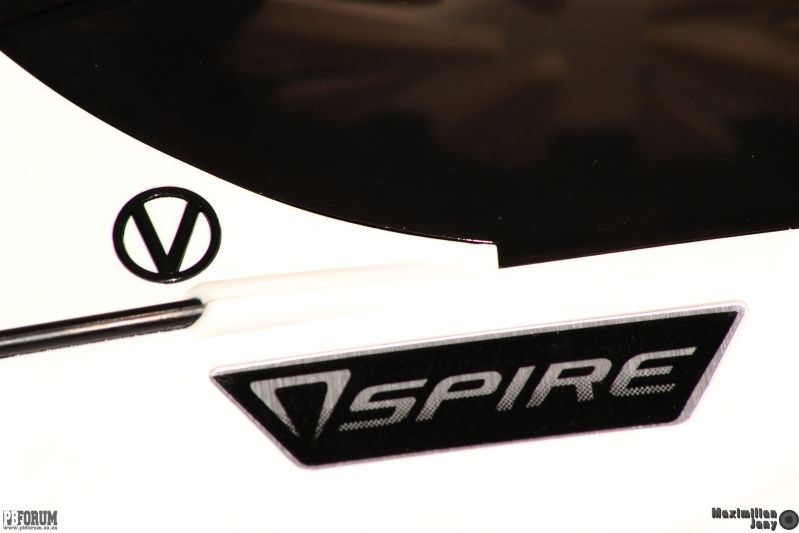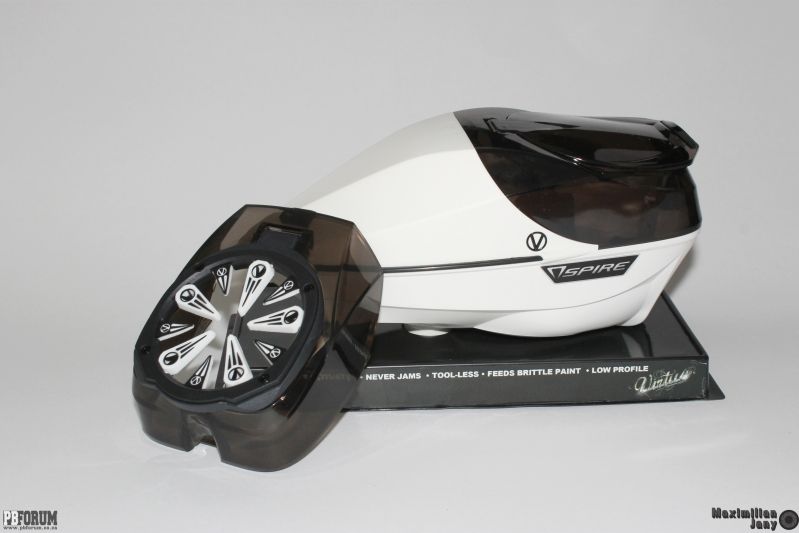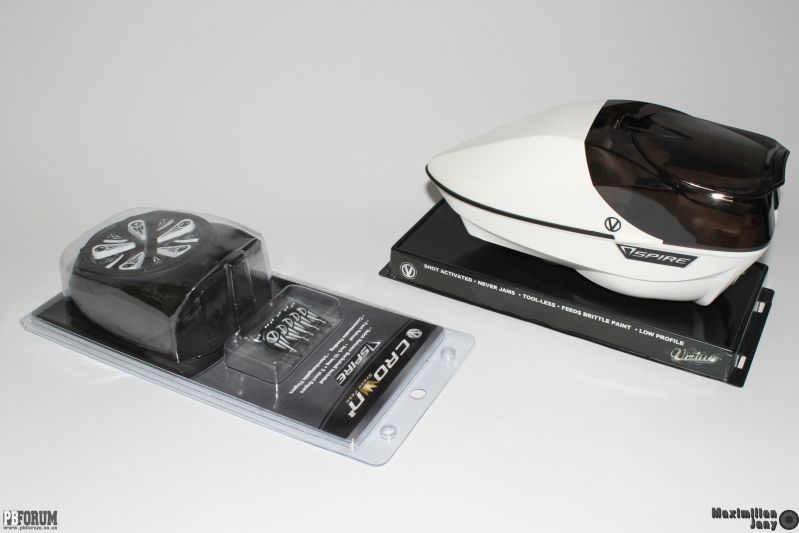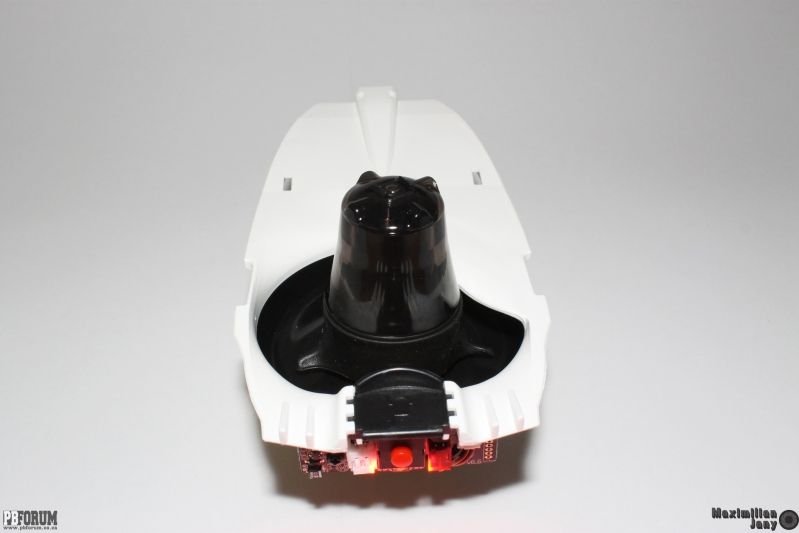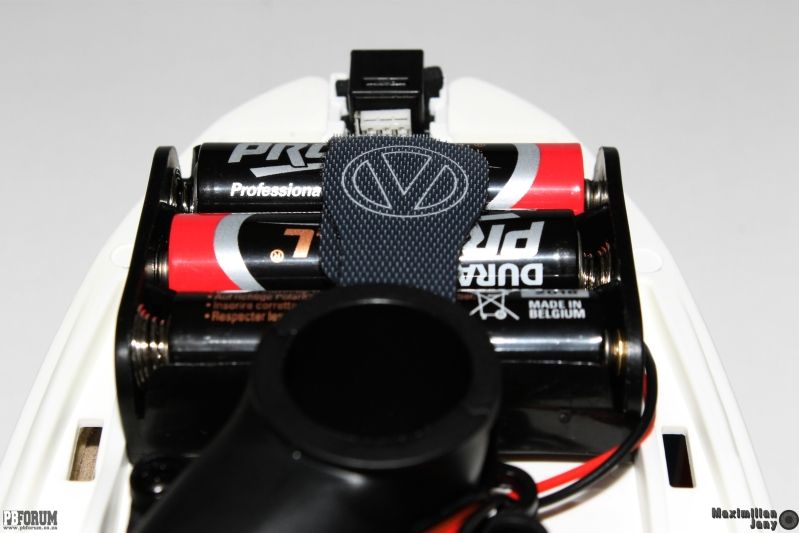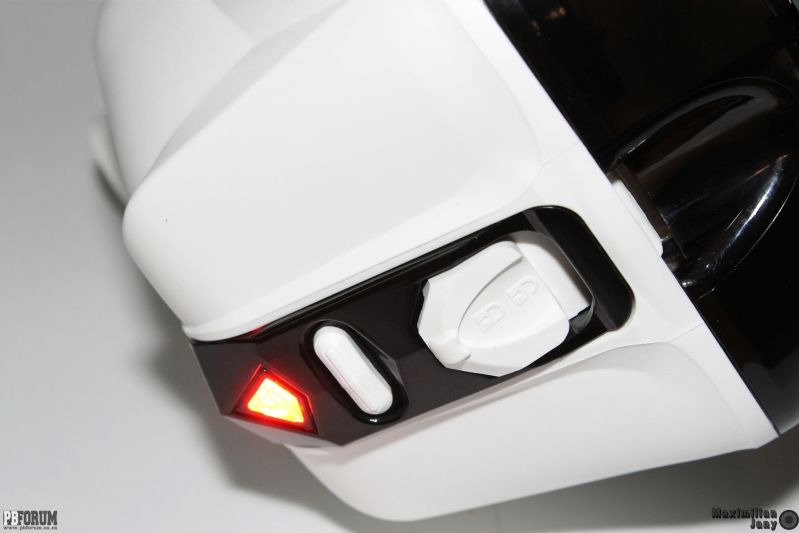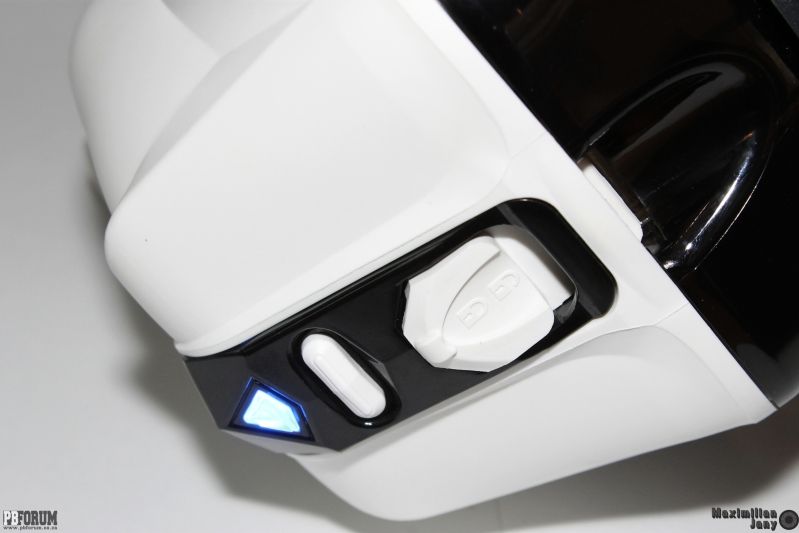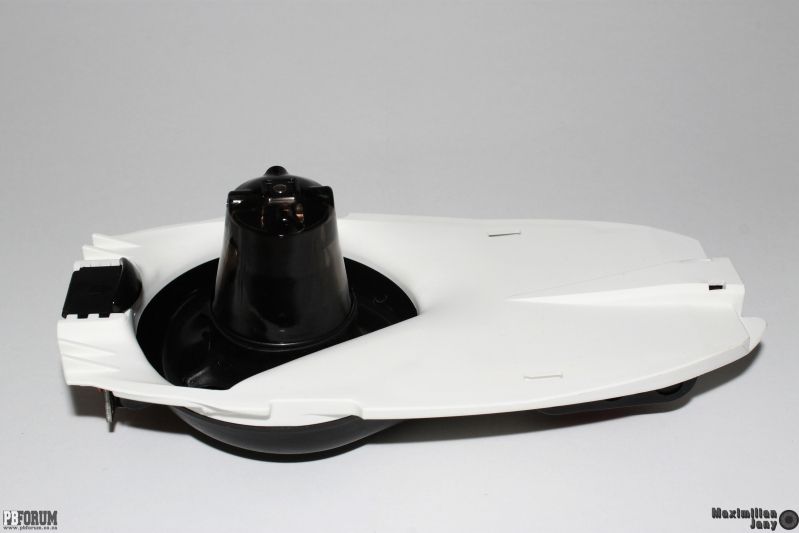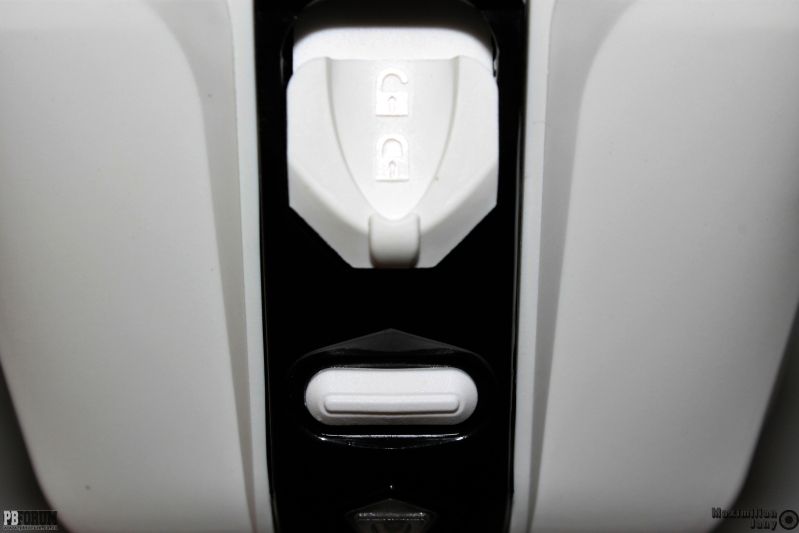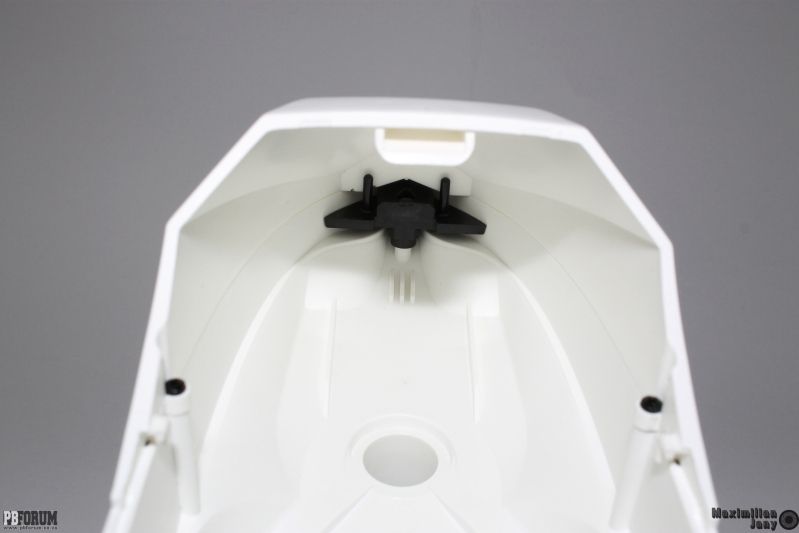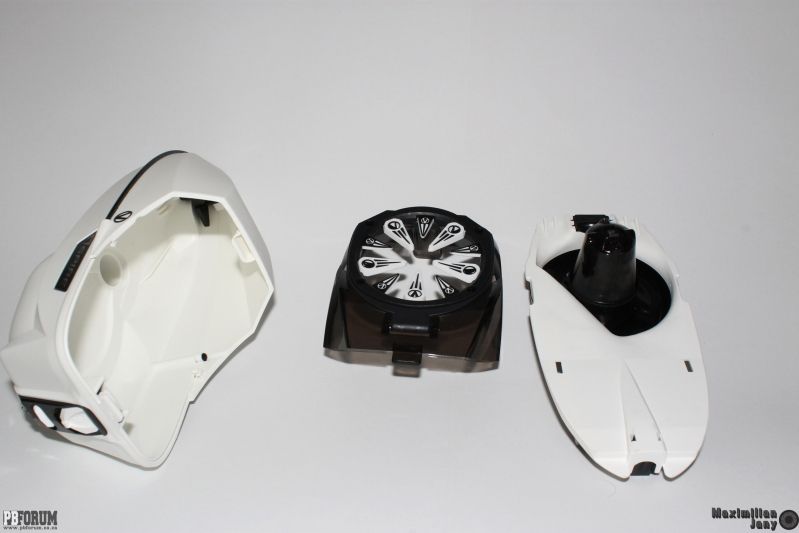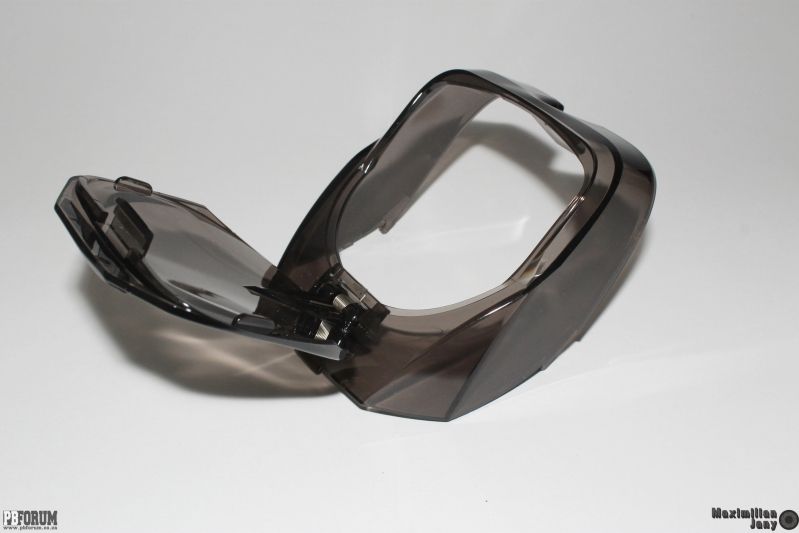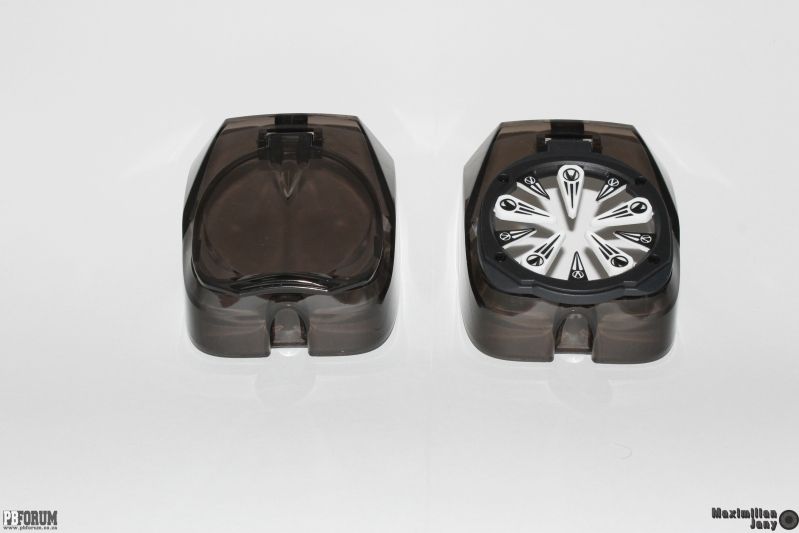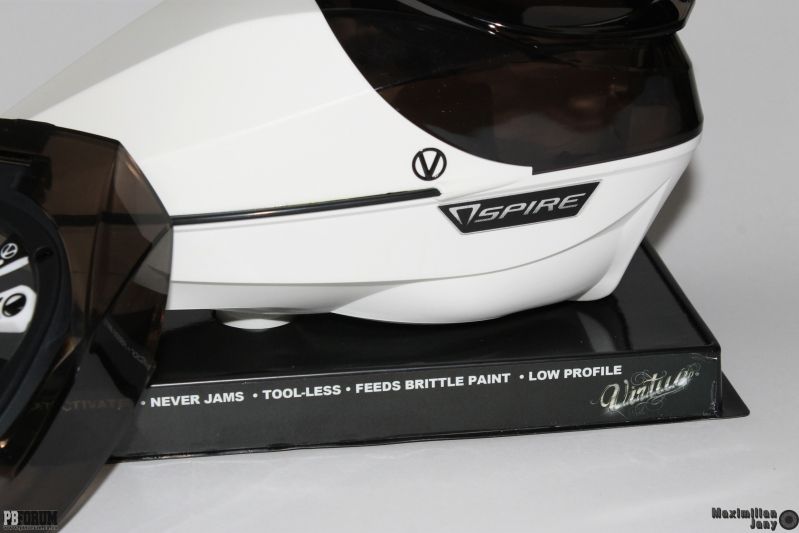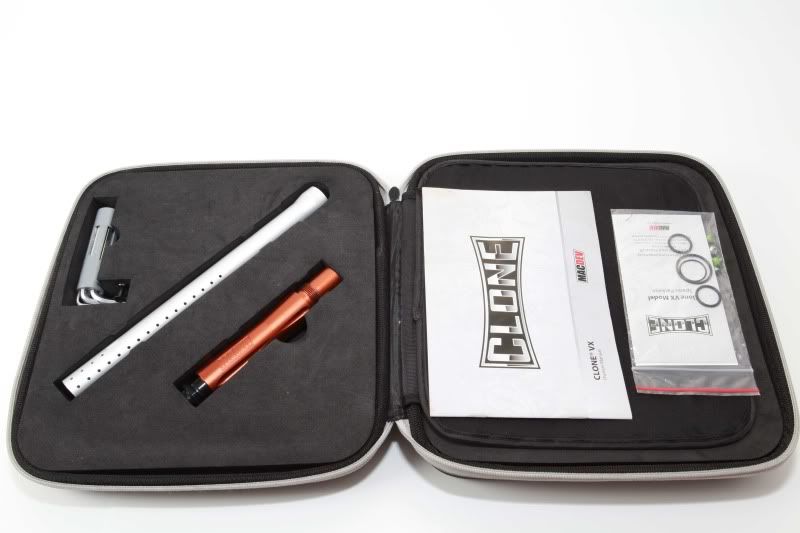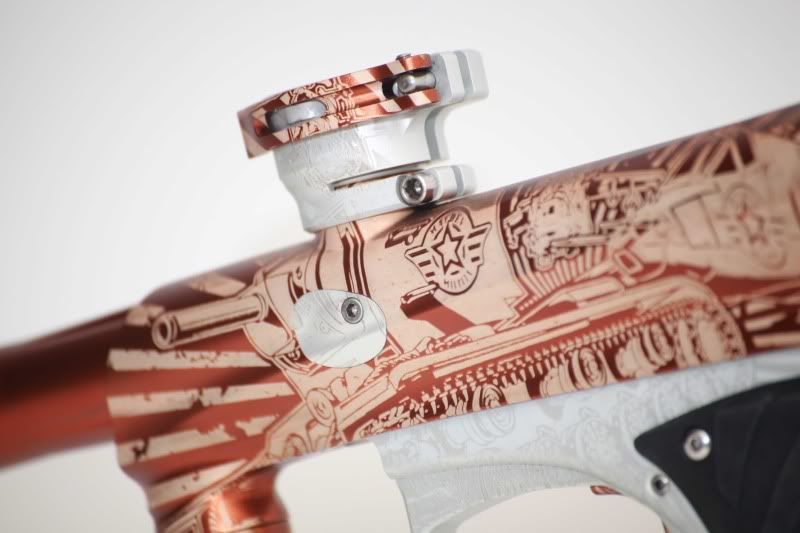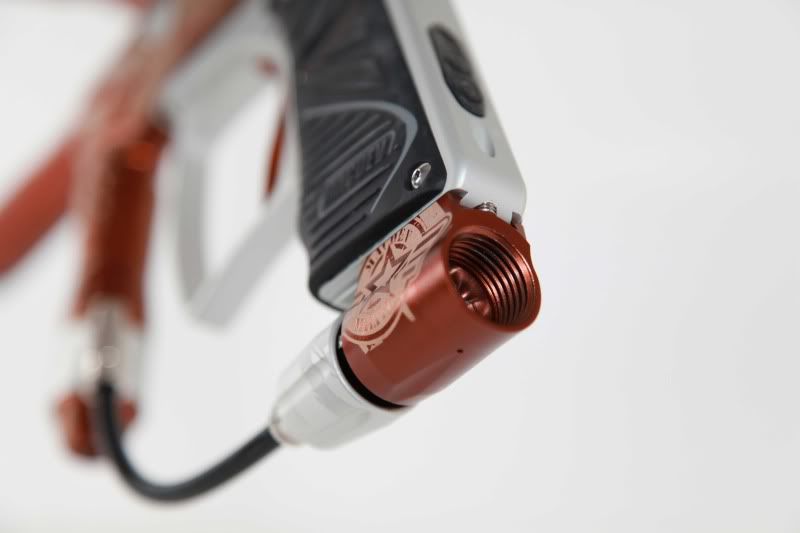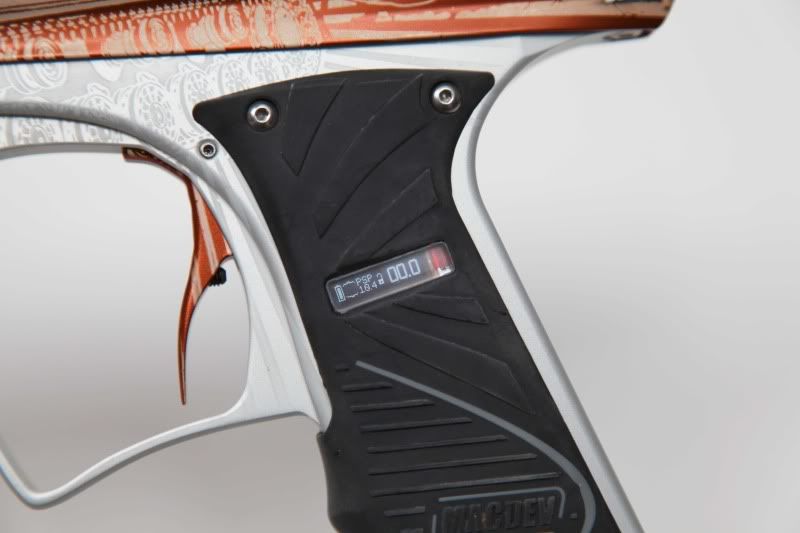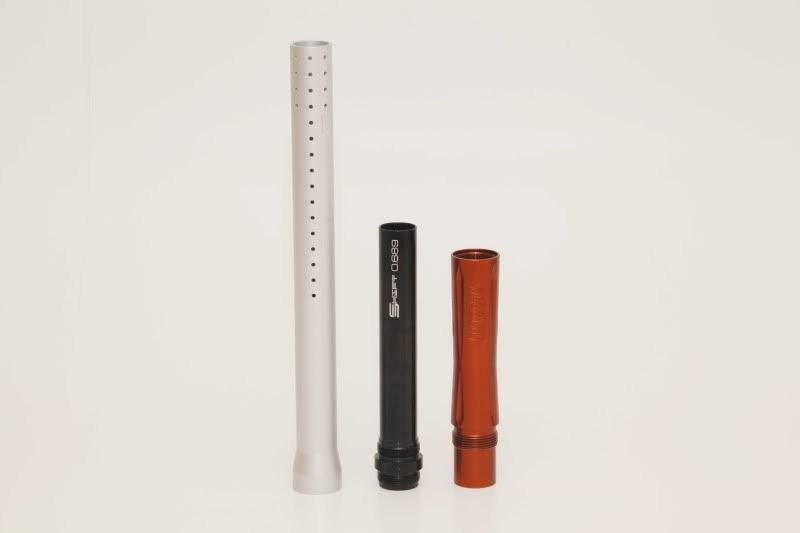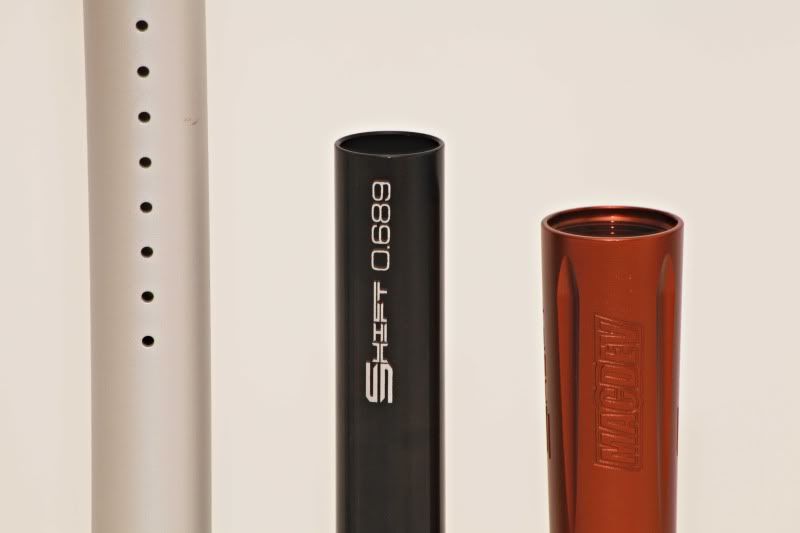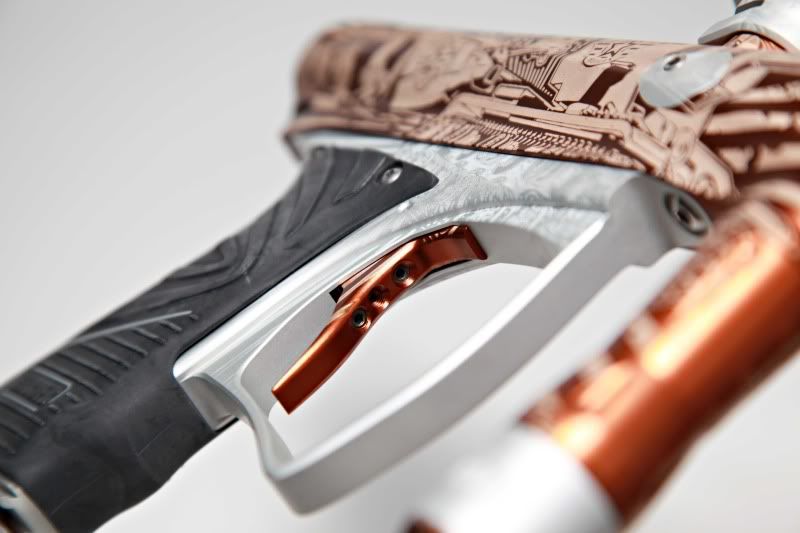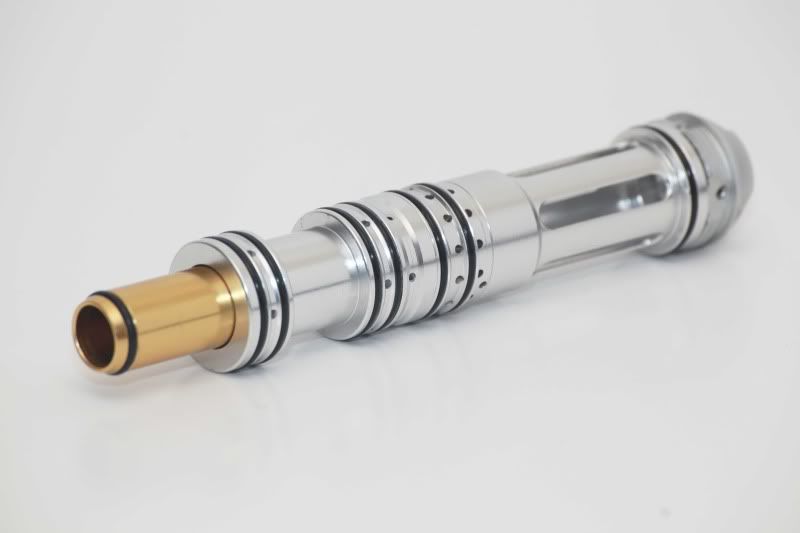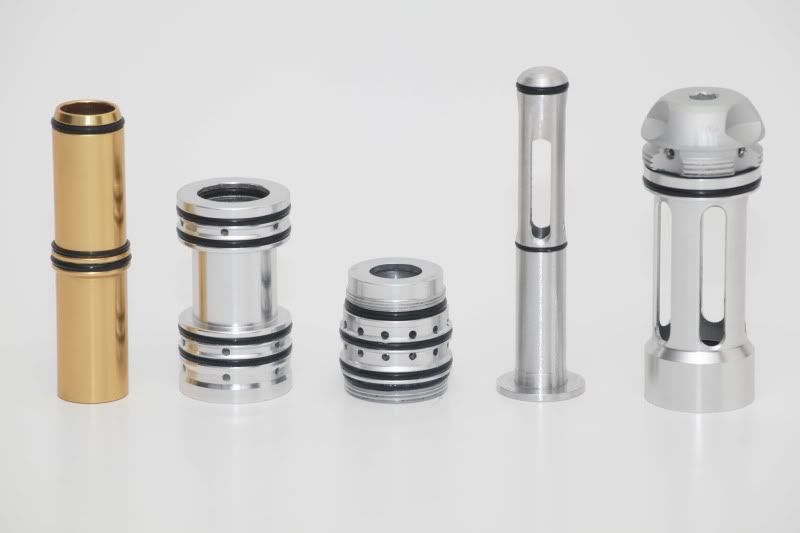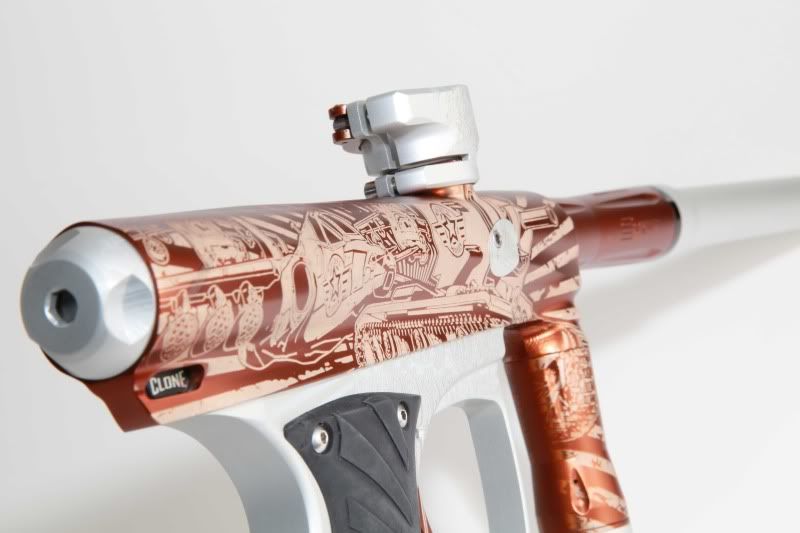Written by: Maximilian Jany
Photographs by: Maximilian
Jany
Since the release of the Rotor in 2009, there hasn't really been a
loader that has made me sit up and go "wow". Even the Prophecy failed
to really impress me due to the fact that it wasn't that different from any of
the other Empires loaders that I had used in the past and all they really did
was improve on the horrid Magna loader. But then after weeks of teasing with
partial images, news broke that Virtue would be releasing a loader and it got
me rather excited. I had high hopes for this loader even before the specs were
released, as Virtue makes upgrades, boards and speed feeds for loaders, so I
guess it was only a matter of time before they would create their own.
So like the good paintball enthusiast that I am, I placed an order
for one just shortly after they were released and waited patiently for it to
arrive. And arrive it did and just to sweeten the deal I got the Virtue Crown
to go with it. Usually when a new loader is released, there is a bit of a wait
before a speed feed is available. But Virtue already makes the Crown and Crown2
for almost every loader on the market, so it was a no brainer for them to
release one with the debut of their very first loader.
The hard facts
Length: 228.6mm
Height: 101.6mm
Width: 101.6mm
Weight: 468g
Batteries: 3AA
Capacity: 200+
The packaging for the Spire is very unique and I can honestly say
that in all my years of playing and the countless loaders that I have bought, I
have never seen a loader packaged like this. It comes in a see through plastic
container, that very nicely shows off the loader and is perfect for displaying
in shops and at fields. In the box is the Spire loader itself, a full colour instruction
manual and a high quality Virtue sticker, nothing really more to expect.
The way the Spire works is quite different from all the other
loaders on the market today, it uses a G-force sensor to detect the
acceleration of each and every shot. The Spire also offers a self monitoring
motor that sends feedback to the board on the amount of torque being asserted
on the motor and allows the loader to adjust so that you get the best
performance possible with the paint that you are using. Like stated in the hard
facts about the loader, it runs off 3 AA batteries, same as the Rotor and is
said to have great battery life. But seeing as I haven't had the loader for
long enough, I can't really comment at this point if Virtues claim is true or
not. Turning on the Spire is as just as easy turning on the Rotor and is a simple
instant on push button, no having to hold the power button till the LED flashes
or the motor starts up.
Now this is where the guys at Virtue went the extra mile, they
didn't just settle with a bright coloured LED to indicate that the hopper is
on, but they also added a speaker to add an audible beep when you turn the
loader on. This is a nice touch as they added the option to turn off the LED
indicator if you want to play night games or if the LED annoys you, so you will
still be able to tell if the Spire is on or off. But if you are going to keep the LED turned
on then it will indicate more than just if the loader is on or not. The solid
blue light will indicate that the Spire is on and ready to be used, the solid
red light will indicate that the Spire is on, but there are no paintballs in
the drive tray, a yellow light on start up will indicate that the batteries are
low and then finally a blinking blue light will indicate that the loader has
gone into standby mode (will touch on this topic in a bit). Finally all the
electronics are coated to make sure that they are water resistant and will
withstand moisture and paint getting all of the components. All the cables are
neatly tucked away to make sure that they won't get snagged when removing the
tray from the hopper.
Virtue first came onto the market selling aftermarket boards for
markers and already released a chip and various boards for other loaders, so
you would expect nothing less than a fully equipped board in the Spire and it
doesn't disappoint at all in that regard. It allows the user to access the
programmable parameters just as easily as any of the marker boards that they
offer. Once you get into the programmable mode, the Spire offers five different
parameters that you can adjust and then also the option to reset the loader to
the factory defaults. Those five parameters are; turning on and off of the
speaker, turning on and off of the LED, turning on and off of the standby mode,
setting of the G-force sensors sensitivity and then finally setting of the
drive pressure. Virtue however recommends that you don't adjust the G-force
sensitivity or the drive pressure unless your Spire isn't running how it's
designed to, guessing it has to do with the loaders self adjusting motor and
board. The Spire comes with the standby
mode turned off and once turned on it will put the Spire into a sleep mode to
prolong battery life, to get it out of the standby mode, simple press the force
feed button or fire your marker, which I think is a cool little feature.
The Spire has soft rubber paddles on the drive cone that are meant
to be softer on brittle paint and I have yet to fully test if it really works.
So far we tested DYE's CG paint, all of the Sterling paints and also a bag of Meteor,
non broke or jammed in the Spire. But the conditions were pretty much perfect
as we have the luxury of an indoor field and we will see what winter will offer
us in the coming months. The Spire also utilises a great anti-jam system, the
drive cone is spring loaded and will force the paint upwards and can un-jam
almost any jam automatically. But they went one step further and if it does
land up jamming then the guys at Virtue added a force feed button on the back
of the loader to un-jam those tricky jams. This forces the Spire to spin and
allows the spring loaded drive cone to work its magic. The drive was designed
like a cone in order to funnel paint more effectively into the tray and also
reduce the pressure of paint stacking up and there for reducing the chance of
crushing brittle paint.
Now for the part that is the biggest factor for me when I look at a
new loader, the shell. I have broken quite a few shells in the past and it's
quite annoying having to replace shells all the time. This is one of the
reasons why I love the Rotor so much, it has a super tough shell that can stand
up to every punishment that you can throw at it. The Spire is no different, as
the shell is made up of tough impact resistant materials and the neck has no
chance of cracking or snapping off like other loaders. My only worry with the
shell is the back section, which is a tinted transparent material and I doubt
that it will stand up to nearly as much torture as the rest of the shell. But
only time will tell if it is as resilient as the rest of the Spire. But the idea behind the transparent back
section of the shell is so that you can look inside and see how much paint you
have left, not that I ever did that with my Rotors, but then again they did
have those tiny windows on the back that were pretty useless. Virtue say:
"View paint levels in a single glance without showing everyone else"
last time I checked I never look to see if an opposing player is out of paint,
as the games are usually very quick and quite frankly it's too much effort to
strain my eyes to check if his hopper is full or empty.
In the looks department, there have been quite a few comments
floating around the internet about how they think the Spire is a bit ugly or
has too many angles. I personally like the look of the Spire and jokingly
commented at the last practice that it looked like the underwater car from one
of the James Bond movies. It is slightly angled, but not as drastically as the
first images made it out to be. Plus I doubt that it has any sinister plot
behind the angles to be a ball bouncing machine, but I could be wrong. But
these angles give the Spire a very small profile and it sits rather well on
your marker and is fairly well balanced when filled with paint. But I did
notice that the outside diameter of the neck is slightly smaller than that of
other hoppers and I needed to adjust the feed neck on the Proto Reflex all the
way so that the hopper could be secured properly. Colour wise, it comes in two
colour choices, Black and white and not too sure if Virtue plans on releasing
more colours in the future, but it's not really a big issue if they don't.
Taking the Spire apart is extremely easy and even a child could do
it. There is a tab on the back that you push up to unlock and then inwards to
remove the back section. Now you can access the internals in case you do manage
to break any paint. Then with a second tab located inside the loader, you can
pull out the entire tray. All the internals of the Spire are located on a
single tray, which makes it easy to remove and get to if something is wrong
with it or if you need to replace the batteries. To change the batteries, you
simply pull out the tray and flip it over and you will find the battery harness
at the front of the tray and all you have to do is remove the Velcro straps and
you can install the three AA batteries, it's just that simple. To take the
drive cone out you will need a Philips screwdriver, so it is not completely
tool-less, but you won't need to get to the drive very often or even at all, so
this isn't an issue at all.
The lid that comes with the Spire has a fairly large mouth, so you
shouldn't have any issues with any of the pods on the market today. The lid is
spring loaded and uses friction to stay closed, so no magnets. but I have never
worn-out a lid on any of my hoppers in the past, so I don't see this as being
much of a con. But there is the option of the Crown2 and it is a complete
replacement of the back shell section. The beauty of this is that you can
change between the speed feed and the lid in a matter of seconds if the weather
turns bad or if you are going to play in dirty and dusty conditions. But the
Crown2 is an extra for the Spire and will set you back a few extra bucks, but
then again so will every commercial speed feed for any loader on the market.
But never the less the Crown2 is a great speed feed and comes with short and
long fingers, so that you can configure the Crown to your own specifications.
Use the longer fingers if you are worried about losing paint out of your loader
while you are playing, but you will have to put in some extra effort to get the
paint in first. Or if you don't really care about losing some paint then use
the shorter fingers as they greatly reduce the time needed to fill your Spire.
The Crwon2 also has a spring loaded lid that can be opened for easier filling,
but out of the box it will be secured in place by four screws. You can remove
the screws and then it will pop open like the standard lid, but I personally
don't mind keeping it screwed down as it reduces the chances of the loader
opening on you and losing a bunch of your paint.
We tested the Spire on three different markers and with a few
different grades and brands of paintballs. We used a Planet Eclipse Geo2, a
Planet Eclipse Ego11 and a Proto Reflex. The Geo and Ego were both set to
uncapped semi-auto and the Reflex was set to PSP ramp with a 20bps cap. The
loader performed flawlessly on all three markers and we put roughly 3000 rounds
through it, not a single jam or broken ball. But like stated earlier, we tested
the Spire in near perfect conditions as our field is an indoor field, so
further testing and abuse will be needed to see if I can find a fault in this
loader.

